You’ve seen the bargain bin at the hardware store—packs of air filters priced like they’re going out of style. Who doesn’t want to save a few bucks? But if you’re grabbing those $5 filters, you’re probably wondering if you’ll be swapping them out every other weekend.
Let’s get real: the average cheap air filter—that’s the thin, basic fiberglass kind you usually see—lasts about 30 days. If your place is dustier than most, or if you have pets doing laps around the couch all day, it might not even make it that long. On the other hand, if you live alone and vacuum religiously, you might squeeze out an extra week or two—but that’s pushing it.
There’s no magic date printed on the frame that tells you exactly when to toss it. Instead, it’s all about how clogged up it gets. If your airflow feels weak or you’re sneezing way more than usual, your filter’s probably begging for retirement.
- What Makes an Air Filter 'Cheap'?
- Why Cheap Filters Don't Last Long
- Warning Signs Your Filter Is Done
- How Often Should You Really Replace Them?
- Ways to Make Cheap Filters Last Longer
- Should You Upgrade or Stick with Cheap?
What Makes an Air Filter 'Cheap'?
So, what really makes an air filter "cheap"—is it just the price tag, or is there more going on? Most cheap air filters are made from basic fiberglass. They’re super thin, don’t have many layers, and usually rank at the lowest end of the MERV rating scale (that’s Minimum Efficiency Reporting Value, by the way). Basically, the lower the MERV rating, the less stuff it catches.
The typical cheap filter usually pulls a MERV rating of 1 to 4. That means it grabs big dust bunnies, lint, and the occasional bug but lets smaller things like pollen or pet dander slip right by. Compare that to pricier filters with a MERV of 8 or higher—they trap a lot more, which means your air’s a whole lot cleaner.
- Material: Thin fiberglass instead of pleated fabric or higher-tech materials.
- Layers: Almost always just one simple layer—not built to catch much beyond the big stuff.
- Frame: Lightweight cardboard frames instead of sturdy metal or reinforced cardboard.
Want to see a quick breakdown of what this looks like? Check out this side-by-side:
| Type | Material | MERV Rating | Typical Cost (Each) |
|---|---|---|---|
| Cheap (Fiberglass) | Thin fiberglass | 1-4 | $3-$6 |
| Mid-range (Pleated) | Pleated paper/polyester | 5-8 | $8-$15 |
| High-end | Synthetic, HEPA, carbon | 9-16 | $15-$40 |
The main upside? Cheap filters are very easy to find and cost next to nothing. But let’s be honest—cheap air filters aren’t meant to last, and they don’t do as much to improve your home’s air quality as the pricier options on the shelf.
Why Cheap Filters Don't Last Long
So, why do cheap air filters always seem to quit on you so fast? It mostly comes down to what they’re made of. Most cheap filters use thin fiberglass or low-grade synthetic material. This stuff catches the big dust bunnies just fine, but anything smaller—like pollen or pet dander—just sails right through. These materials also clog up fast since there’s less of them to grab the gunk out of your air.
The other thing is surface area. Better filters have more pleats and folds, which means more space to trap dirty stuff. Cheap filters look flat as a pancake, so they fill up fast and start restricting airflow after just a few weeks. The more your HVAC runs, the quicker this happens. Cranking the heat or AC all winter or summer? Those filters will plug up in no time.
And there’s zero fancy tech in these low-cost options—no electrostatic layers, no special coatings. Just the basic stuff. That makes them affordable, but don’t expect them to take on smoke, fine dust, or allergens for long.
Here’s the kicker: when a filter clogs up, your system has to work harder to pull air through, which can nudge your energy bill higher and put extra strain on your HVAC. That’s why those super cheap filters usually come with a short change schedule right on the package (if you look close), telling you to swap them every month or so. Ignore that too long, and you’re risking more than just dusty air.
- cheap air filters usually last 30 days or less because they trap less and fill up fast
- Flat design equals less space for dust, which means more frequent replacements
- No advanced filtration, so they miss smaller particles and lose efficiency quickly
- A clogged cheap filter can lead to higher energy bills and extra wear on your HVAC
Warning Signs Your Filter Is Done
Cheap air filters aren't known for their stamina, so it pays to spot the clues when yours is ready to go in the trash. Here’s what to watch for so you’re not letting dirty air keep circulating in your home.
- Visible dust buildup: If you pull out the filter and it’s gray, loaded with fuzz, or you can barely see the original material, that’s a red flag it's too clogged to work right.
- If your AC or heater sounds like it’s working way harder than usual, it’s probably starving for air. That’s a classic sign your filter is packed with dust.
- Sneezing or coughing more often: Air full of pollen or dust can hit you with allergy symptoms when your filter isn’t catching it anymore.
- Rooms are getting dustier faster, even though you’re cleaning regularly. That’s the filter waving the white flag.
- A weird, musty smell hanging around when the air kicks on—especially if you haven’t noticed it before—can be a sign your filter is overdue.
You don’t need fancy tools or a pro to figure this out. According to the American Society of Heating, Refrigerating and Air-Conditioning Engineers:
"A visible build-up of dirt—or a noticeable drop in system airflow—is almost always an indicator that an air filter replacement is due, especially with lower-cost filters."
If your filter looks or smells off, don’t wait. Swapping it out is cheap and easy, and makes a big difference for both your air and your heating/cooling system. To keep things simple, check your cheap air filters every month, especially during heavy-use seasons like summer and winter.
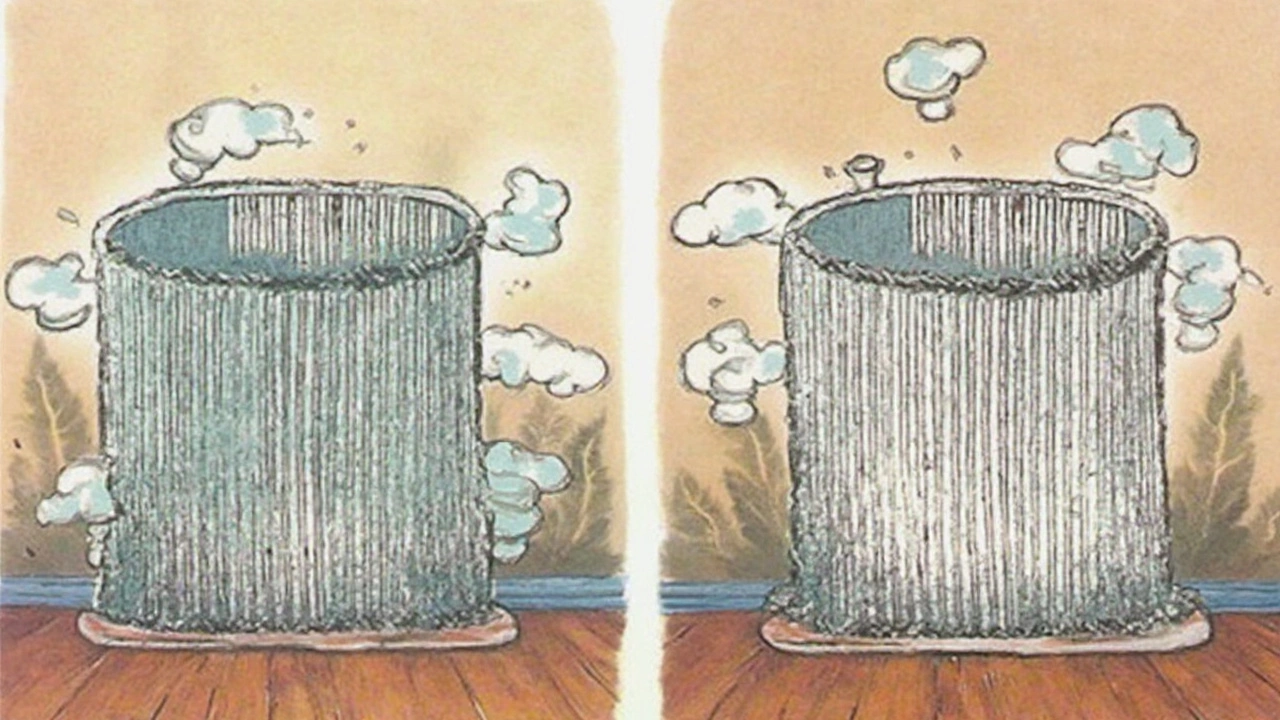
How Often Should You Really Replace Them?
Here’s the deal: most cheap air filters have a short shelf life. They’re built to do the bare minimum and usually last about 30 days before they start failing at their job. That’s not a guess — filter makers generally stamp “Replace every 30 days” right on the packaging. Ignore that advice and you risk clogging up your HVAC system or just letting dust spin around your house.
Now, this 30-day rule isn’t a one-size-fits-all. Let’s break it down with some real-life factors:
- If you have one or more pets (shedding hair, dander, all that good stuff), swap your filter every 20–30 days.
- Smokers in the house? Play it safe and stick to the 30-day schedule.
- Allergy season in full swing, or anyone in your home sensitive to dust? Don’t push past a month.
- Got a small apartment, no pets, minimal foot traffic? You might get away with 35–40 days, but that’s really stretching it for cheap filters.
Here’s how long you can expect your filter to last, based on your situation:
| Household Situation | Filter Lifespan |
|---|---|
| One or more pets | 20–30 days |
| Allergies or asthma | 20–30 days |
| Smoking indoors | 20–30 days |
| No pets, small apartment | 30–40 days |
| Vacation/rarely home | Up to 2 months |
Don’t wait for the filter to look “dirty”—sometimes the worst stuff is too tiny to see. Set a reminder on your phone or stick a note near your thermostat. Fresh filters help your system run efficiently and keep your air a lot cleaner, and that’s a swap you don’t want to skip.
Ways to Make Cheap Filters Last Longer
Let’s be honest: nobody likes swapping out air filters all the time, especially if you’re on a budget. A few simple habits can stretch the life of cheap air filters—even if they’re not built to last forever.
- Vacuum around your vents: If you keep dust and pet hair from piling up around your intake vents, your filter won’t clog as fast. Run a vacuum or a dry duster across the vent covers once a week.
- Control indoor dust: Wipe down surfaces, sweep, and mop often. Less dust floating around means your filter isn't working overtime.
- Change your HVAC fan settings: If you’re running your fan 24/7, dirt and debris build up on the filter way faster. Try using the “Auto” setting so the fan only runs when heating or cooling is needed.
- Keep pets groomed: If you’ve got dogs or cats, regular brushing will catch some of that fur before it gets sucked into your *filter*. You don't need a special brush—just stay consistent, especially during shedding season.
- Seal up air leaks: Gaps around doors and windows let extra dirt in from outside. Sealing those cracks keeps your filter from picking up extra work.
One tip that doesn’t actually work for these basic filters: trying to clean and reuse them. Most disposable fiberglass filters just break apart if you rinse them—they’re meant to be tossed. Spending an extra couple of bucks up front isn’t always the answer, but stretching those 30 days safely is doable with these habits.
| Household Type | Average Lifespan (Days) | Main Issue |
|---|---|---|
| Single person, no pets | 35 | Minimal dust |
| Family with kids and pets | 20 | Pet hair & dirt |
| Smoker in household | 15 | Tobacco particles |
| Allergy sufferers | 25 | Pollen & dust |
Not all cheap filters are equal, but these numbers give you a rough idea. Small changes at home can add days or even weeks before your next filter run. That’s less hassle for you and a little more cash in your pocket.
Should You Upgrade or Stick with Cheap?
If you’re standing in the aisle debating between the cheapest air filter and one that costs three times as much, the answer isn’t as obvious as it sounds. Here’s the lowdown: cheap filters (the kind made from fiberglass or very basic pleated material) protect your HVAC system from big dust chunks, but not much else. They let a lot of tiny stuff—like pollen, mold spores, even pet dander—slip right through. If you or anyone in your house deals with allergies, asthma, or just prefers cleaner air, those basic filters won’t cut it.
The pricier ones, usually labeled as HEPA, electrostatic, or just showing a higher MERV rating (think MERV 8, 11, or 13), trap way more. For example, a filter with a MERV rating of 13 can catch stuff as small as bacteria and smoke particles. The difference after a few weeks? Better air and less dust everywhere. But here’s the catch: high-end filters can slow down airflow if your system isn’t strong enough, so you’ve got to check what your unit can handle before going all-in.
Stuck on the fence? Ask yourself these:
- Kids or anyone with breathing trouble at home?
- Pets shedding all over the place?
- Live near a busy road, construction, or a dusty neighborhood?
If you answered yes to any, upgrading to a higher-quality filter is usually worth the extra cost and fewer sneezes. But if your air is already pretty clean and no one’s bothered by dust, those cheap filters can get you by—just don’t miss a single replacement window, or you’ll pay for it with extra wear on your HVAC (and maybe more dust bunnies). Sometimes it’s not about chasing the fanciest tech, but what actually makes sense for your home and wallet.
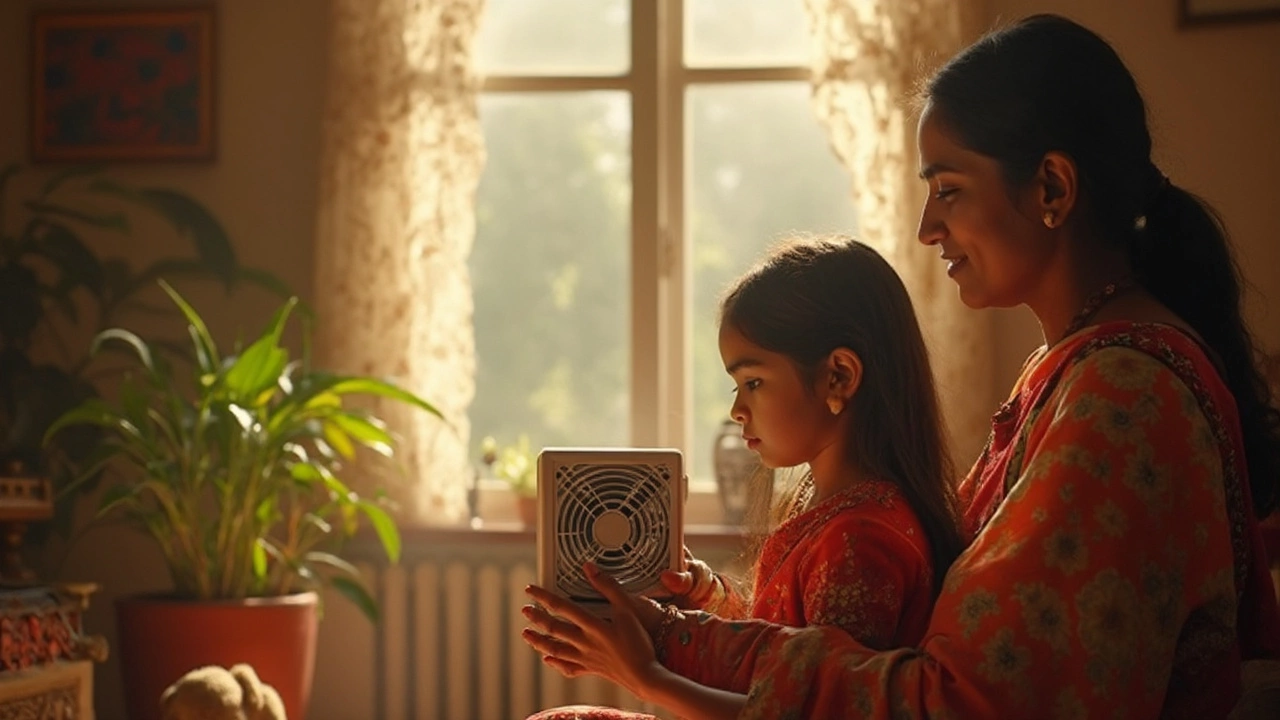


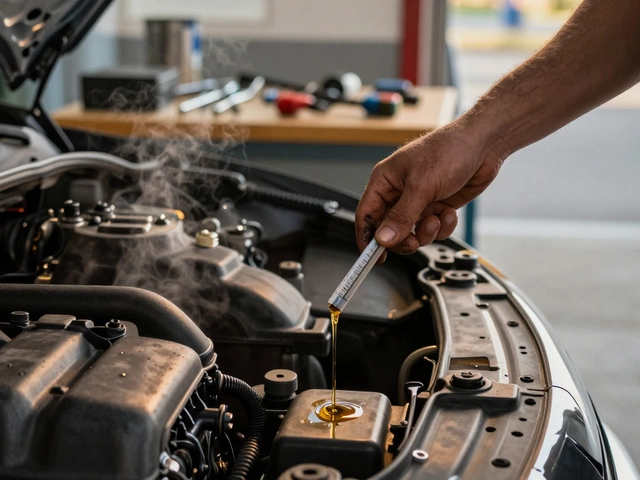


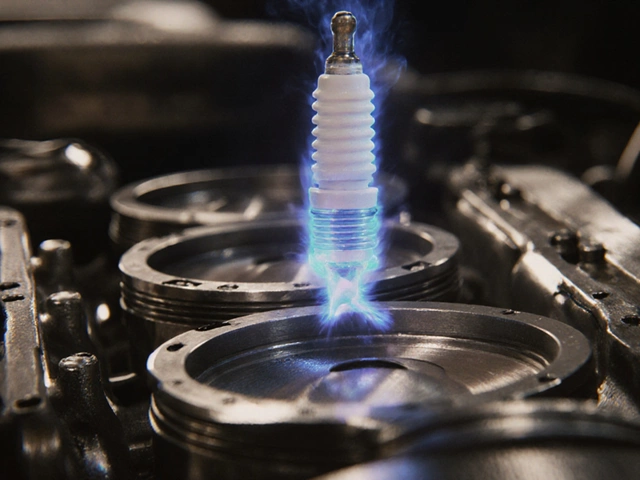
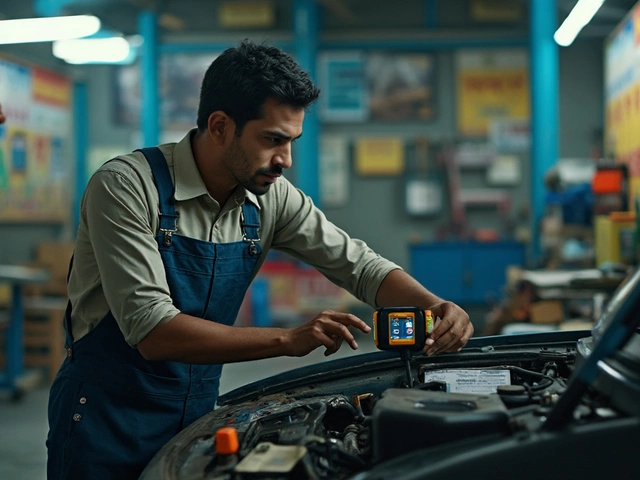
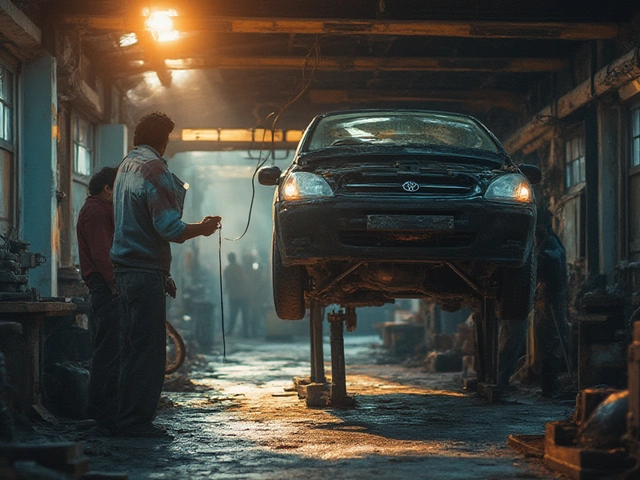
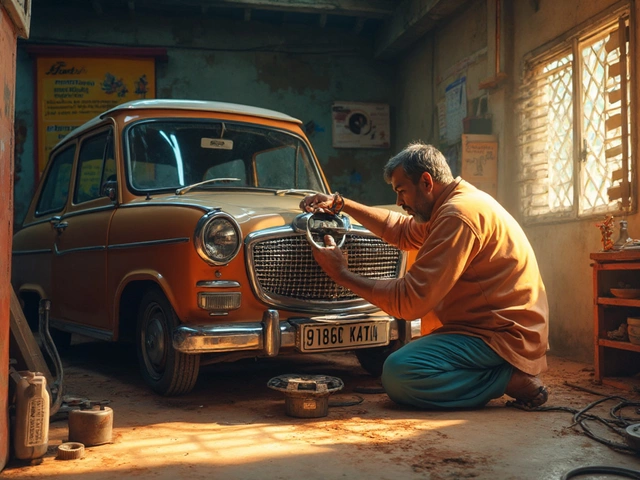

Write a comment